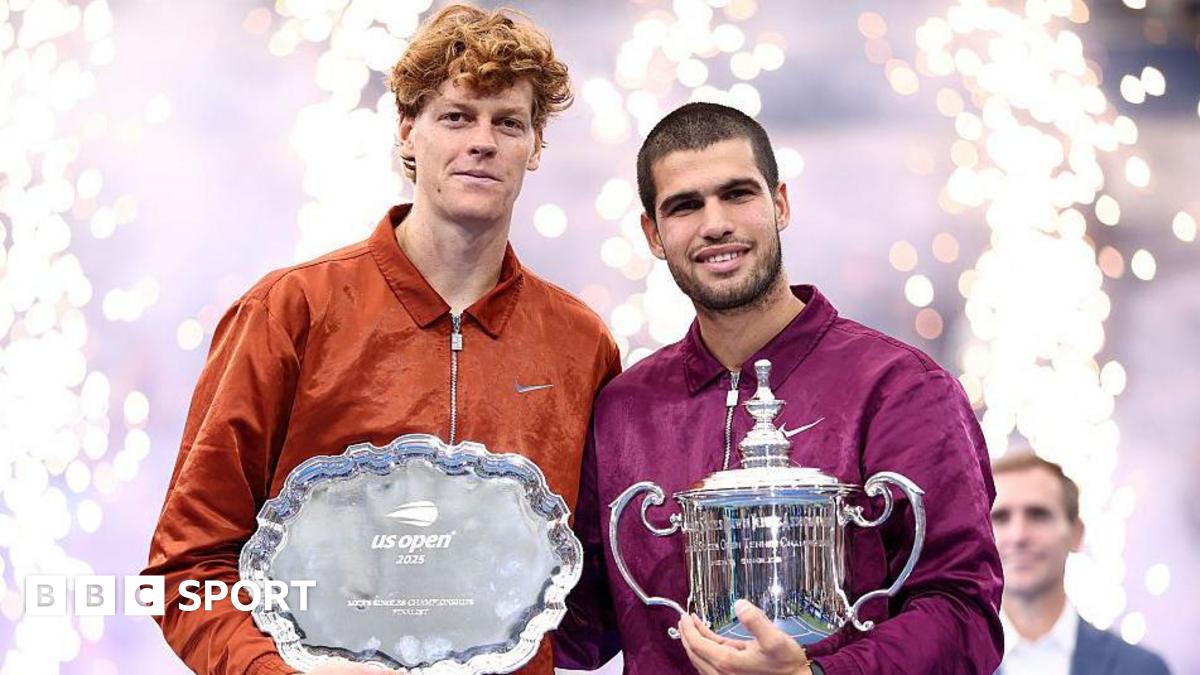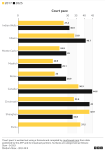I'm not going to make a commentary on this, as I've expressed my opinion many times previously. I will simply say that I've stated previously that players today, and for some time, never even see a fast court, and this proves it.
![Image]()
The full BBC article is here:

 www.bbc.co.uk
www.bbc.co.uk
Bigger picture: convergence / “everything getting slower”
The full BBC article is here:

Carlos Alcaraz and Jannik Sinner: Are tennis courts being slowed to aid superstars?
Roger Federer set tongues wagging when he said tournament directors like uniformly slow courts but are his instincts right?
I also did some analysis of the Grand Slams with ChatGPT. This concluded that three of the four slams have slowed the courts, with the other being clay. I won't post all of this, I'll simply post the conclusion:
Bigger picture: convergence / “everything getting slower”





